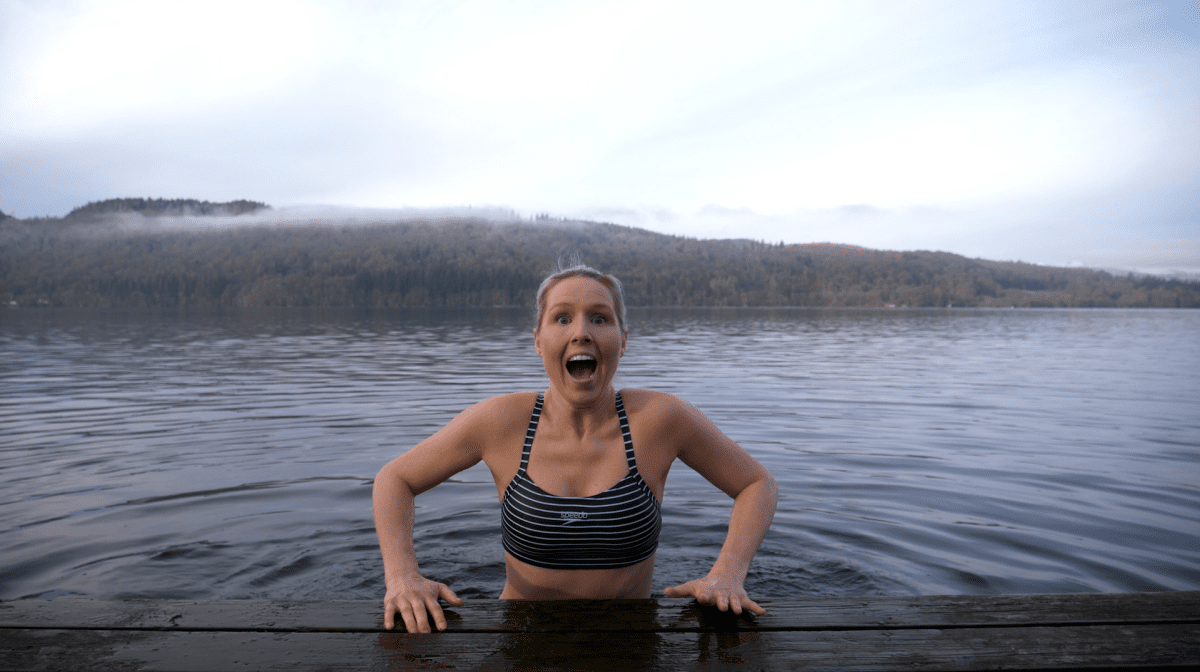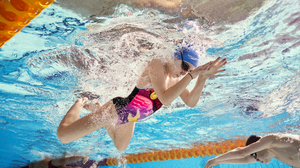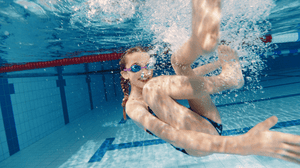
1. Observe the water safety signs
If you arrive at a wild swimming spot and find a ‘No swimming’ sign amongst the picturesque foliage you might be tempted to ignore it. Don’t. Water safety warnings do not always relate to obvious dangers such as currents or fast-flowing water – often risks may lie elsewhere, such as polluted water or a sudden drop in the lake, loch, or quarry shelf.
2. Look out for lifeguards
If you’re looking for a place to cool off always find a lifeguarded swimming site. Open water conditions change constantly, so you shouldn’t swim at unsupervised (non-lifeguarded) site.
3. Find a swimming group
Indulge your love of outdoor swimming by joining a like-minded swimming group. Local groups are likely to be more familiar with the risks at lesser-known swimming spots. They will be able to advise you on all the best places to swim and good safety advice.
4. Avoid fast-flowing water
Currents can be deceptive – that harmless-looking river may flow faster than you realise. If you’ve underestimated the strength of the current, swim parallel with the shore (not away from it), so you can quickly get to safety if needed. And never let yourself drift in the current.
5. Don’t ‘tombstone’
The thrill of the leaping off a bridge into unknown waters isn’t worth the risk. Not only can the depth of the water change and the water bed be unpredictable, but submerged objects and other obstacles (including other people, if it’s busy!) may not be visible. Hankering for a water-based adrenaline fix? Contact a reputable outdoor pursuit or coasteering centre – they’ll help you get your ‘extreme’ on, safely. And you may still get to make a jump or two!
6. Bring a friend
Swimming is double the fun when you bring a friend! If you go swimming with a friend you’ve got someone there to help if needed. However, if you do decide to head out solo, then always tell friends and family when and where you plan to swim. Remember to take your mobile phone with you in case of emergencies.

7. Don’t get caught out by the cold
The shock of cold, open water can make swimming difficult and exiting the water a struggle, so get out as soon as you start to feel cold, and never jump in until you’ve acclimatised to the water temperature.
8. Boating? Fishing? Pack a buoyancy aid
Always wear a buoyancy aid or lifejacket for activities on and near the water or at the water’s edge, such as boating or fishing.
9. Know how to help others
Spotted someone in difficulty in the water? Shout reassurance to them, yell for help from passers-by and call the emergency services. Without endangering yourself, try to reach out to them with a stick, pole or item of clothing – lie down to ensure you stay secure. Alternatively, throw something buoyant to them, such as a ring buoy or anything else you can find that floats.
Top open water safety rules
Research your swimming spot for tides, currents and other hazards
Swim at supervised (lifeguarded) sites
Never swim after drinking alcohol
Leave the water as soon as you start to feel cold
Swim with a friend, and let friends and family know where and when you are swimming
Observe ‘no swimming’ signs and never swim where it is prohibited
Do not enter fast-flowing water









